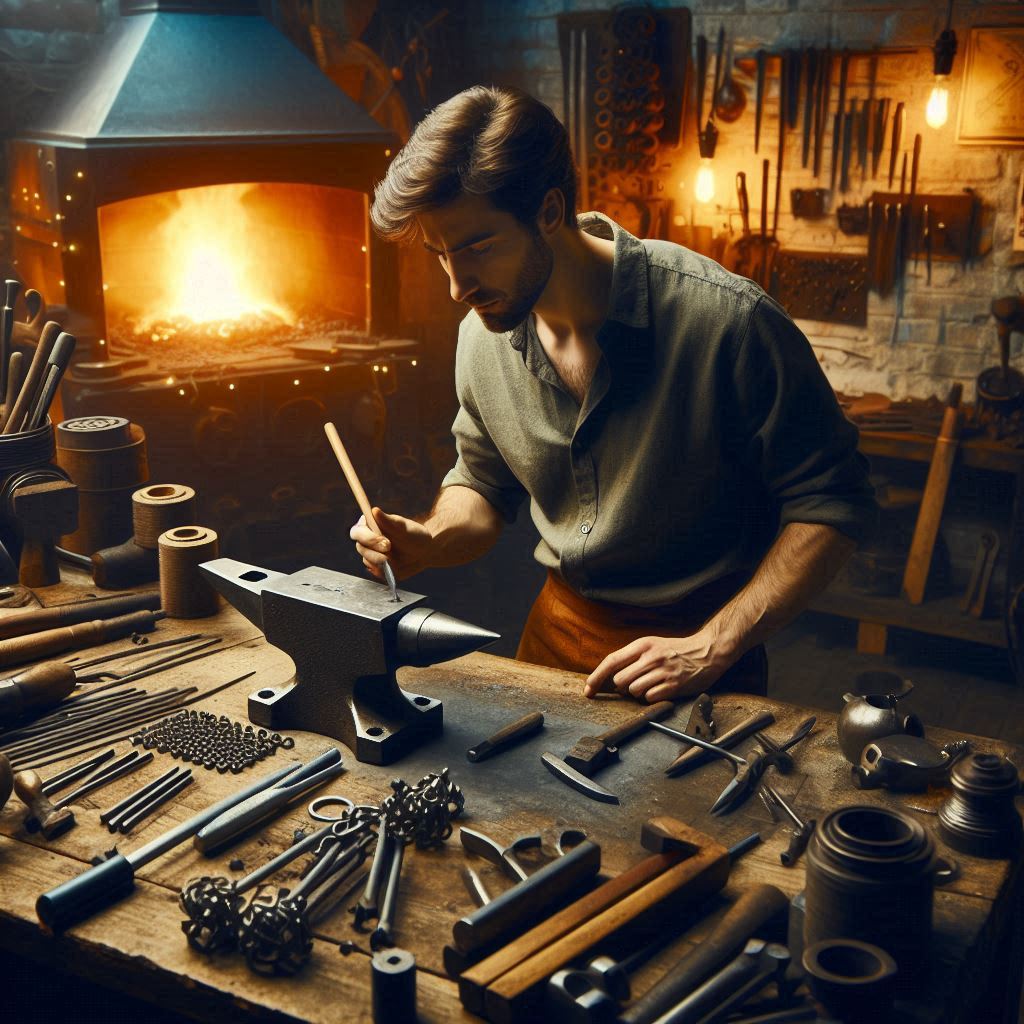Forging components are created by shaping metal using compressive forces, typically applied through hammering or pressing at high temperatures. This process refines the metal’s grain structure, making it stronger, more durable, and capable of withstanding extreme stress and pressure. Unlike cast or machined parts, forged components are known for their superior mechanical properties, including enhanced tensile strength, resistance to fatigue, and improved shock absorption. These characteristics make them essential in critical applications where reliability is paramount, such as aerospace, automotive, and heavy machinery.
Applications of Forging Components: Vital to Critical Industries
Forging components are integral to a wide range of industries, including automotive, aerospace, oil and gas, and manufacturing. In the automotive industry, forged parts like crankshafts, connecting rods, and gears provide the durability needed for high-performance vehicles. In aerospace, precision-forged components ensure the safety and efficiency of aircraft engines and landing gear. Similarly, the oil and gas industry relies on forged components such as valves and flanges that withstand high pressure and corrosive environments. These applications demonstrate the versatility and importance of forging in industries where failure is not an option.
The Future of Forging: Innovation and Advancements in Component Manufacturing
The forging industry is undergoing significant transformations with the adoption of advanced technologies such as CNC machining, 3D modeling, and automated forging systems. These innovations are enhancing the precision, efficiency, and scalability of forged components, allowing manufacturers to meet ever-evolving industry demands. The trend towards sustainability is also shaping the future of forging, with companies focusing on energy-efficient practices and environmentally friendly materials. As industries continue to push the boundaries of performance, forging components will remain at the heart of technological advancements, providing the strength and reliability needed for tomorrow’s innovations.
